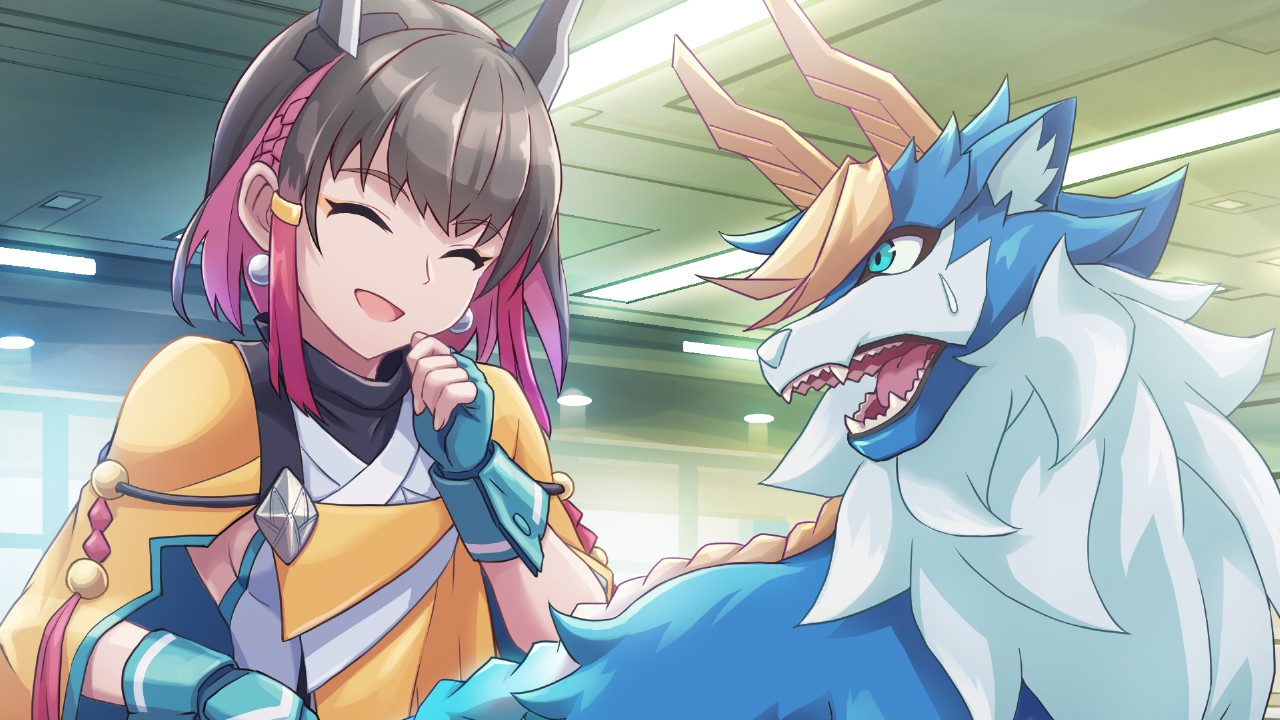
To not speak of Gunvolt‘s visuals would be a crime, for as much as Inti Creates is breaking away from their past as a Mega Man studio, they’ve carried on the tradition of spectacular sprite work. Of course, this is all optional, which allows players to enjoy the game how they please. So while players can always move forward, they’re missing out on some content by not going that extra mile (a measure that must be taken should you want the game’s true ending). Before I realized this, I was swimming in currency, but couldn’t synthesize the enhancements I wanted due to a lack of the materials that are handed out after a successful mission. clear a stage in less than seven minutes, attack three foes at once with the Flashfield), you’ll have a hard time upgrading Gunvolt. While you can avoid repeating stages and taking on their optional Challenges (ex. This is pretty indicative of Gunvolt‘s approach to difficulty every opportunity to make the game easier takes something else away. In turn, your post-mission ranking and rewards take a hit. The catch is that should you do so, the game’s combo system immediately dials back to zero.

If I was willing, I could have made extensive use of Prevasion (and by the game’s end, I most certainly was), an ability that allows the players to avoid damage so long as their EP meter is full. Despite the do-overs, I recognize that the fault is my own, some deaths even came as a result of hubris. I had my share of repeating encounters from the beginning, myself often resorting to a special move of Gunvolt’s just to survive.Įven still, I’d commend the game for its handling of difficulty. A sore point with these encounters is that in the boss’s third and final phase, a special move is used, and in most cases that action is a one-hit-kill. I was constantly on my toes, as these adversaries can get out of Gunvolt’s target locks at a moments notice, causing me to waste energy if not careful (Gunvolt can overheat if not careful if he overuses Flashfield, leaving him powerless for a few moments). The bosses all have three stages of progression (as indicated by their health bar), and Gunvolt’s speed is crucial as you adapt to their changing movesets. These encounters are the highlight of Gunvolt, serving as perfect examples of the games strategic side. The bosses up the ante, and punish players quickly if they go in guns lightning blazing. Many enemies have moments of vulnerability, leaving themselves open to be tagged, while others can be tagged at any moment but when you can attack them is another matter. There’s generally a trick to most, requiring the player to observe first before acting. While a basic description of the Flashfield sounds like a glorified “fire and forget”, the game’s adversaries don’t let you make a fool of them. For as creative as this is, the foes you face are what makes Gunvolt so special. The attack lasts for as long as the associated energy bar lasts. Lighting shoots out from the Flashfield, connecting with enemies and draining their health bars. With your targets set, Gunvolt unleashes the Flashfield, a circle of electricity that acts as a barrier and a method to attack enemies from afar. Instead its function is to tag enemies, effectively locking-on to the enemies and setting them up for the real damage. Gunvolts handgun is useless as a weapon, but it isn’t window dressing either. The strategy on display here is what makes the strongest impression.

While expectations led me to believe I was receiving another take on Mega Man, Gunvolt is instead the start of something completely new. What we have with Gunvolt is a studio showing what they can build from the ground up.
#AZURE STRIKER GUNVOLT 2 TRUE ENDING SERIES#
While Inti Creates work on the Mega Man series spanned across several unique franchises, the gameplay remained largely the same. I thought I knew what to expect from an action game like Azure Striker Gunvolt. It’s incredible to have your expectations destroyed, to think you know what’s coming only to face something entirely different.


 0 kommentar(er)
0 kommentar(er)
